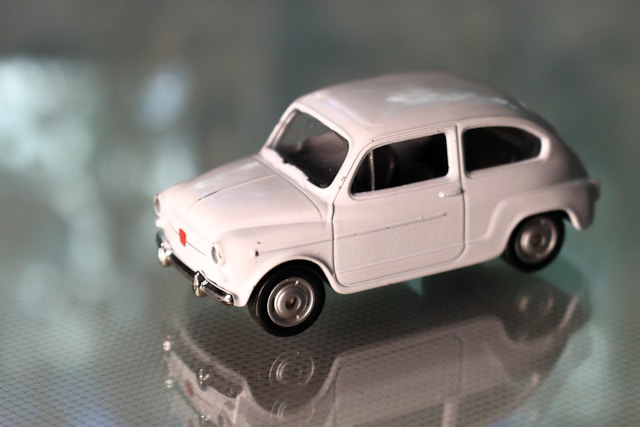Capping machines are specifically designed machines that are used in several filling industries. A capping machine has one job and that is to seal the containers by tightening the cap.
These machines can improve productivity and speed significantly. Additionally, they completely eliminate the potential mistakes that could be made by hand and ensure that every container is sealed properly.
Today we will talk about how these machines work and what their main applications and uses are. So, if you are interested in the topic, let us begin.
How Do Capping Machines Work?
Capping machines work by applying caps to containers in a consistent and efficient manner. The specific mechanism used to apply the cap depends on the type of capping machine and the design of the cap itself.
Some capping machines use a chuck, spindle, or other holding mechanisms to secure the cap as it is tightened onto the container. Others, such as snap cappers, use mechanical force to press the cap onto the container and secure it in place.
Many capping machines are designed to work in sync with the speed of the bottles on the production line, ensuring consistency and precision in the capping process.
Some capping machines also have the ability to apply induction seals to containers, providing an additional layer of tamper-evident protection. Capping machines can be adjusted to apply different levels of torque depending on the specific needs of the product being packaged.
Types Of Capping Machine
When it comes to capping machines, there are four main types. Here we will go over every type, covering how they work and what they are used for.
1. Chuck Cappers
Chuck capping machines are designed to apply caps to containers consistently and efficiently. They have a chuck, or holding mechanism, that secures the cap as it is tightened onto the container.
Chuck cappers can be used with various cap sizes and types, and are often used on production lines to seal containers with flat caps or caps with a simple screw-on design. Some chuck cappers can also apply induction seals to containers, which provide additional tamper-evident protection.
Chuck cappers can be adjusted to apply different levels of torque depending on the product being packaged and are commonly used in the pharmaceutical, food and beverage, and personal care industries.
2. Vertical Pluggers
Vertical pluggers, also called vertical wheel pluggers, are capping machines that apply plugs or stoppers to containers quickly and efficiently. They are used on high-output production lines and work in sync with the bottle speed.
Containers are automatically sealed by parts on a spinning wheel as they pass through the machine. The line guides bottles onto the wheel where they will be capped, ensuring precision, consistency, and of course speed.
Vertical pluggers are used for sealing containers with stoppers and plugs but are not suitable for angled capping or flat caps. They are often used in pharmaceuticals, food and beverage, and personal care industries.
3. Spindle Cappers
Spindle capping machines apply caps to containers consistently and efficiently. They have a spindle, or central shaft, that holds the cap as it is tightened onto the container.
Spindle cappers can be used with various cap sizes and types and are often used on production lines to seal containers with flat caps or caps with a simple screw-on design.
Some can also apply induction seals to containers for tamper-evident protection. They can apply different levels of torque and are commonly used in the pharmaceutical, food and beverage, and personal care industries.
4. Snap Cappers
Snap cappers are capping machines that apply snap-on caps to containers. They use mechanical force to secure the cap in place and are often used on production lines with snap-on caps, such as those in the food and beverage industry.
Snap cappers can be used with various cap sizes and work in sync with bottle speed. They are simple and easy to use, making them a popular choice for automated packaging. Snap cappers are also used in the pharmaceutical and personal care industries.
Bottle Capping Machine Application
Capping machines are used in a variety of industries and applications to apply caps to containers in a consistent and efficient manner. They can be used with a range of cap sizes and types, including flat caps, snap-on caps, screw-on caps, and plugs or stoppers.
Capping machines are commonly used in the pharmaceutical, food and beverage, personal care, and chemical industries, among others.
They are often used in production lines to seal containers of various sizes and shapes and can be adjusted to apply different levels of torque depending on the specific needs of the product being packaged.
Some capping machines also have the capability to apply induction seals to containers, providing an additional layer of tamper-evident protection.
Capping machines can be an important part of the packaging process, helping businesses to efficiently seal and protect their products.
Read Also:



























